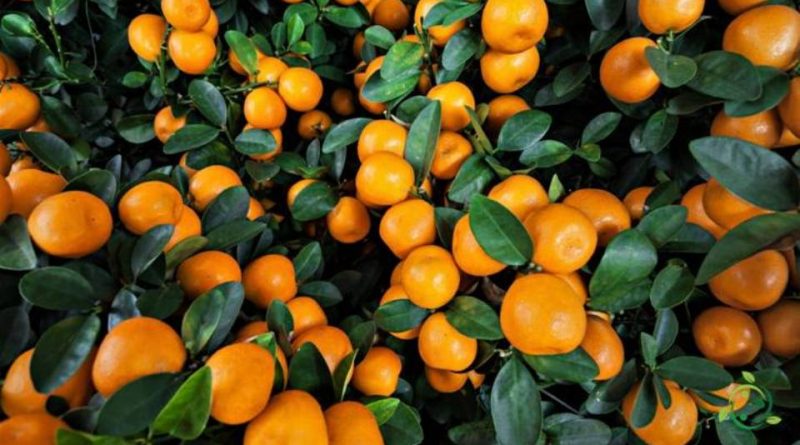When pruning the Mandarin
When pruning the Mandarin
The mandarin (Citrus reticulata Blanco, 1837) is a fruit tree of the Rutaceae family and is one of the three original citrus fruits of the genus Citrus together with cedar and pomelo.
The botanical classification of the mandarin takes into account that, as clarified in 2014 by a scientific work, it is one of the three species from which all the others derive.
The mandarin therefore has a historical importance, as it is the only sweet fruit among the three originals, and almost all the citrus fruits we know today have developed from its crossings.
With subsequent hybridizations and selections then the mandarin has originated many cultivars of great commercial importance, including clementine in which the bitter taste typical of the first species has been diluted in particular by crossing it with the pomelo.
Some experts also include clementines among mandarins, but this is an incorrect classification.
Even clementines are hybrids, and precisely between mandarin and bitter orange, so – like tangerines – they could be classified equally among oranges. A proposal was also made to include both tangerines and clementines in a possible single common variety. Tangerines are believed to be a variety of mandarins, while clementines are a species apart, as they have been shown to have lasting and repeatable qualities, which would put them on the same level as, for example, limes. But a definitive classification has not yet been agreed.
Keeping in mind what has been said above about the many varieties and hybridizations of this fruit, as well as the relative uncertainty about their classification, some of the best known commercial names of the mandarin are indicated below.
– Arena mandarin – Citrus reticulata Blanco ex Tanaka;
– Ponkan mandarin – Citrus reticulata Blanco ex Tanaka;
– Clementine – Citrus × clementina;
– Delicious mandarin – Citrus × deliciosa Ten .;
– Satsuma mandarin – Citrus × unshiu Marcow .;
– Cleopatra mandarin – Citrus × reshni hort. formerly Tanaka;
– Sour mandarin – Citrus × sunki (Hayata) hort. formerly Tanaka;
– Tangerine mandarin – Citrus × tangerina hort. formerly Tanaka;
– Tachibana mandarin – Citrus × tachibana (Takino) Tanaka;
– Calamondino mandarin – Citrus × madurensis Lour; synonym × Citroffortella micro carp.
Pruning period and variety-
Mandarin pruning has many points in common with lemon and orange pruning.
The three plants, in fact, are pruned in the same period, with rather similar techniques.
In general, all citrus fruits are pruned between spring and summer. In fact, in cold periods, citrus fruits are in the vegetative phase, so it is better not to operate in any way.
Pruning should instead be carried out between the two blooms and moreover, for crops in Italy, it is better to differentiate the ideal period between North and South. temperatures begin to drop; in the South you can easily continue pruning even throughout August.
In any case, if the goal is to obtain a flourishing vegetation that grows quickly, pruning mandarins should be anticipated by 1-2 weeks to then allow greater vegetative recovery after pruning.
The pruning period is therefore very similar within this variety and hybrids. For the details of the cultivation technique, see the following sheet.
Among the varieties of mandarin it should be remembered that the satsuma or mikan, imported in 1876 from Japan, is the most cultivated in the United States of America. This variety is also grown in Sicily, together with Havana and Paternò. Do not forget the precious late Ciaculli Mandarin (Slow Food presidium), with a sugary flavor, which is grown in the homonymous hamlet of Palermo, in the heart of the Conca d’oro plain. It is called Tardivo due to a prolonged ripening until the first days of March.

